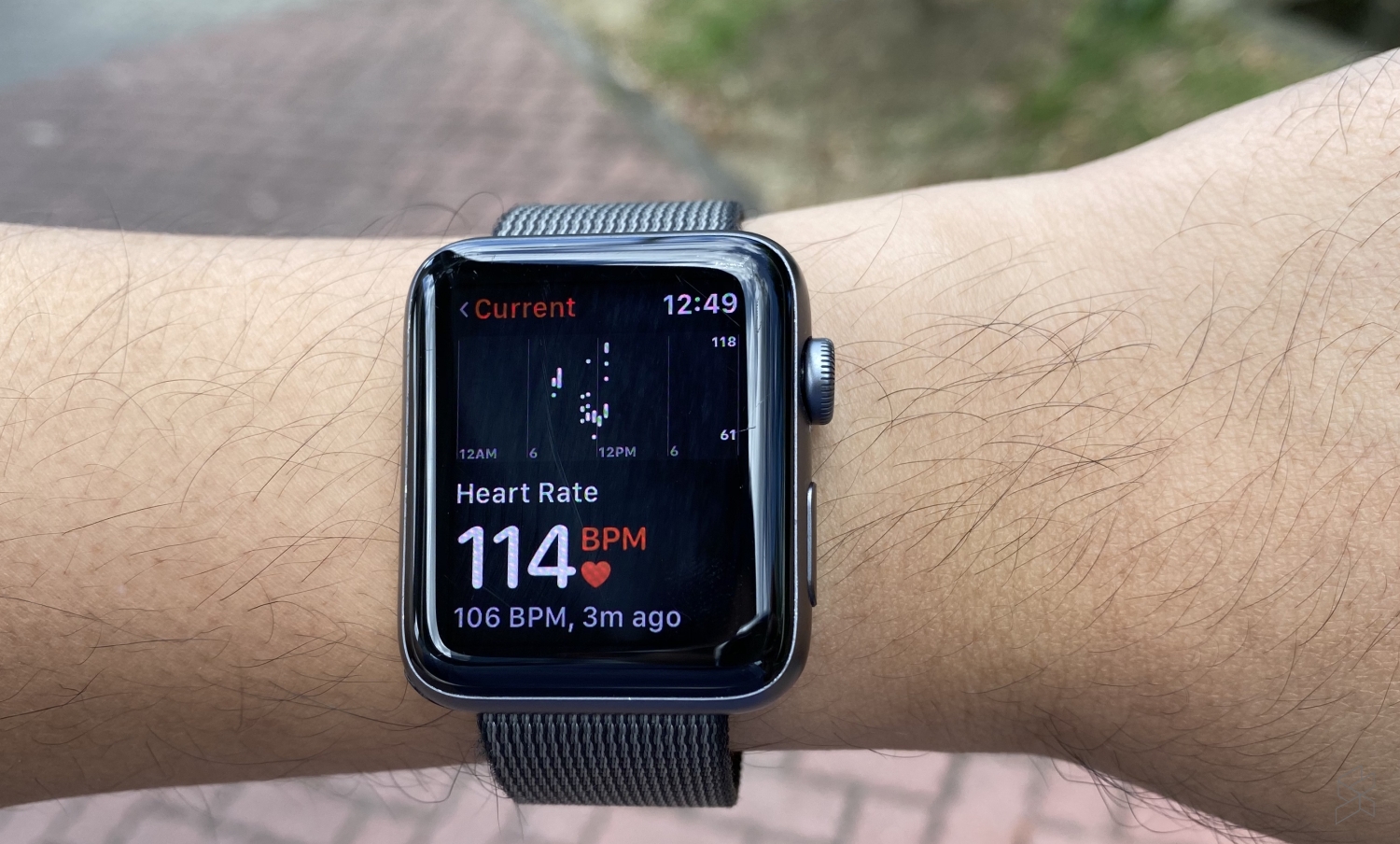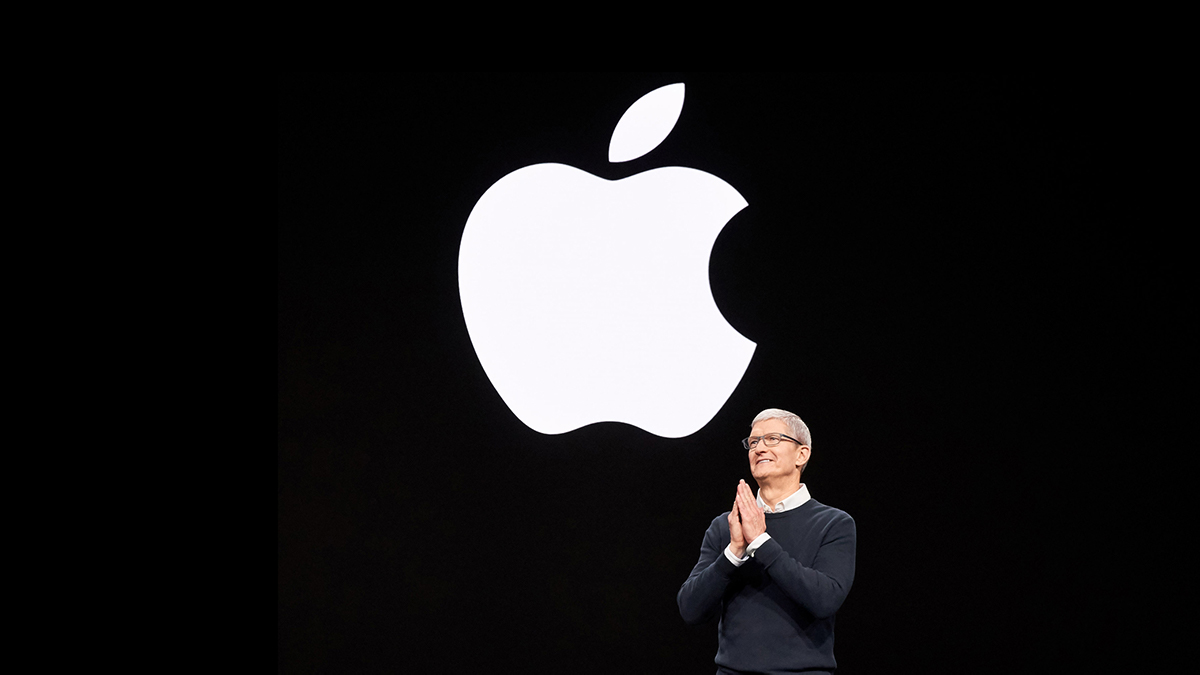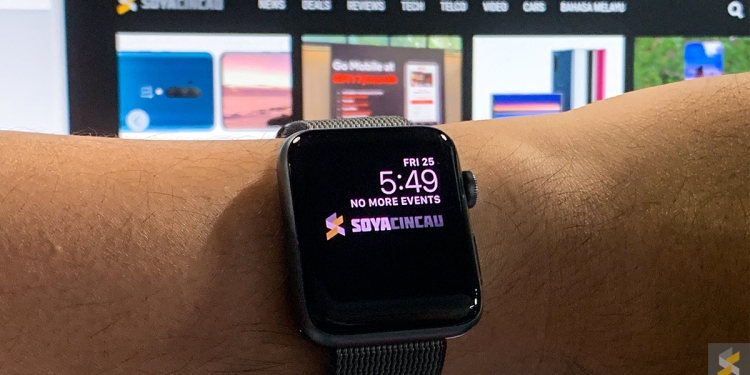The Apple Watch has dominated the smartwatch market in recent times, although there have been efforts made by competitors to close that gap—think of Samsung’s Galaxy smartwatches, or Huawei, or even Garmin’s expansive range of wearables. Still, the Apple Watch was still the most popular smartwatch in 2019, according to a report from Strategy Analytics.
But there’s something else that’s more surprising from the report. The Apple Watch also outsold the entire Swiss watch industry in 2019—and by quite a margin. 31 million units of the Apple Watch were sold over the year, 10 million more than the 21 million units that Swiss watch brands sold in total. That’s a 36% increase from 2018, while sales for Swiss watch brands—including Swatch, TAG Heuer, and Tissot—saw a 13% decrease in sales.

This marks the first time that Apple has beaten the Swiss watch industry over the course of the entire year. In the past, the Apple Watch has only outsold Swiss watches over a single quarter, but as it turns out, the shift towards digital wrist-wear is continuing.
Part of that, according to Neil Mawston, Executive Director at Strategy Analytics, is down a difference in tastes from different demographics of the market:
“We estimate the entire Swiss watch industry together shipped 21.1 million units worldwide in 2019, falling 13 percent from 24.2 million in 2018. Analog wristwatches remain popular among older consumers, but younger buyers are tipping toward smartwatches and computerized wristwear.”

A senior analyst also said that the Apple Watch appeals more to the younger generation, and smartwatches and “computerised wristwear” is where the trends are headed. Swiss brands have also ventured into the smartwatch market, but the Apple Watch’s dominance may soon render them un-catchable, the analyst fears.
“Time may be running out for Swatch, Tissot, TAG Heuer, and others.”
Strategy Analytics is a global, independent research and consulting firm. According to The Verge, Apple doesn’t specifically reveal Apple Watch sales in their quarterly report, the firm collates the data from retailers and vendors to generate sales estimates.








